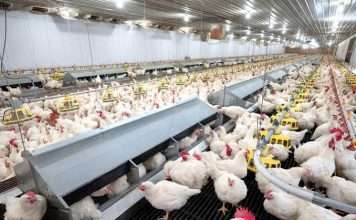The World Health Organization has stated that there is currently no scientific evidence to suggest that the H5N1 avian influenza virus can evolve to facilitate transmission between humans. Despite the widespread outbreak of bird flu affecting millions of dairy cattle in the United States, only a single human case has been reported.
As a precautionary measure, at least 220 individuals are being closely monitored, and approximately 30 have undergone testing for the flu.
“However, many more people have been exposed to infected animals, and it is important that all those exposed are tested or monitored and receive care if needed,” the Director-General of WHO, Tedros Ghebreyesus said at a news conference on Wednesday.
“So far, the virus does not show signs of having adapted to spread among humans, but more surveillance is needed,” he encouraged.
The WHO chief further stated sthat though the virus has been detected in raw milk in the US, “preliminary tests show that pasteurisation kills the virus.”
“WHO’s standing advice to all countries is that people should consume pasteurised milk,” he emphasized
Pasteurization is a heat treatment that makes milk safe to consume by significantly reducing the presence of harmful microorganisms.This process also increases the shelf life of milk.
Furthermore, the World Health Organization has assessed the risk of H5N1 avian influenza to people who have come into contact with infected animals as relatively low, ranging from low to moderate.
The WHO has a robust global surveillance system in place, comprising a network of centers in 130 countries, seven collaborating centers, and 12 reference laboratories equipped to handle H5 viruses, ensuring effective monitoring and response to influenza outbreaks.
“We also have the Pandemic Influenza Preparedness Framework to support the rapid development and equitable distribution of vaccines in case of an influenza pandemic,” he stated.
The H5N1 virus has undergone a significant expansion in its host range over the past few years, infecting wild birds, poultry, land and marine mammals, and most recently, dairy cattle.
Although 28 human cases have been reported globally since 2021, there have been no documented instances of human-to-human transmission. In the United States, the outbreak has affected 36 dairy herds across nine states, prompting concern among health experts.
